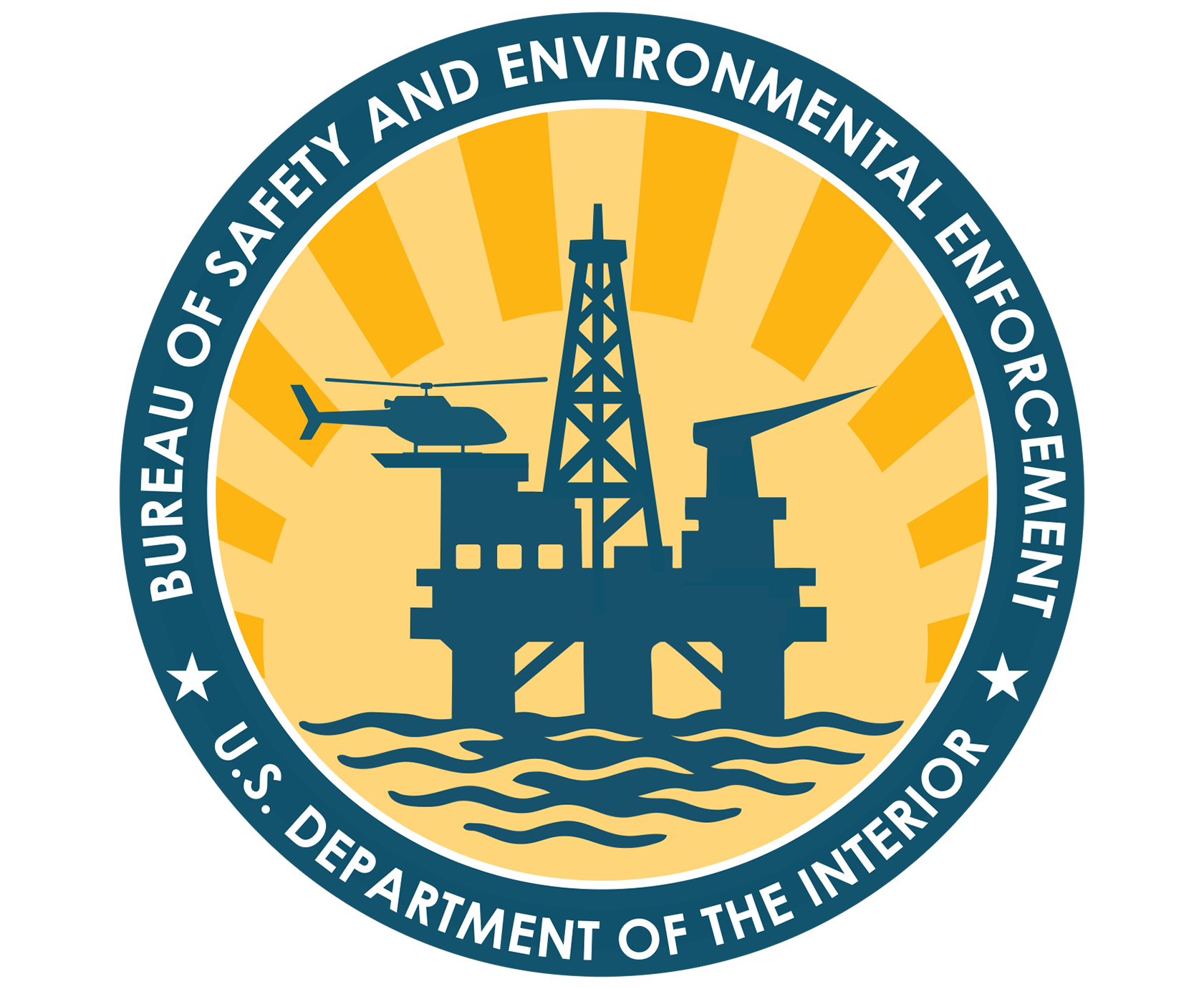The major objective of this study was to refine the use of existing shipboard navigational radar units to detect and track oil spill slicks. This can be accomplished by modifying tuning procedures so that the radar will accurately depict the short period wave field.
Complete. The utility of shipboard navigational radar as an oil spill tracking tool was evaluated in a wide range of sea states during an intentional oil spill off Nova Scotia, in September 1987. Specially tuned ship's radar onboard the Canadian Coast Guard Cutter 'Mary Hitchens' was able detect slicks of five barrels of spilled crude oil during periods of fog, rain, and darkness. Slicks were detectable in winds ranging from less than 10 knots up to over 30 knots. There appeared to be a correlation between slick thickness and the ability for radar detection.
